Recently, the collection of cargo in a particular region with the aim of assembling groupage transport has become a real trend. Here's how it works 👇
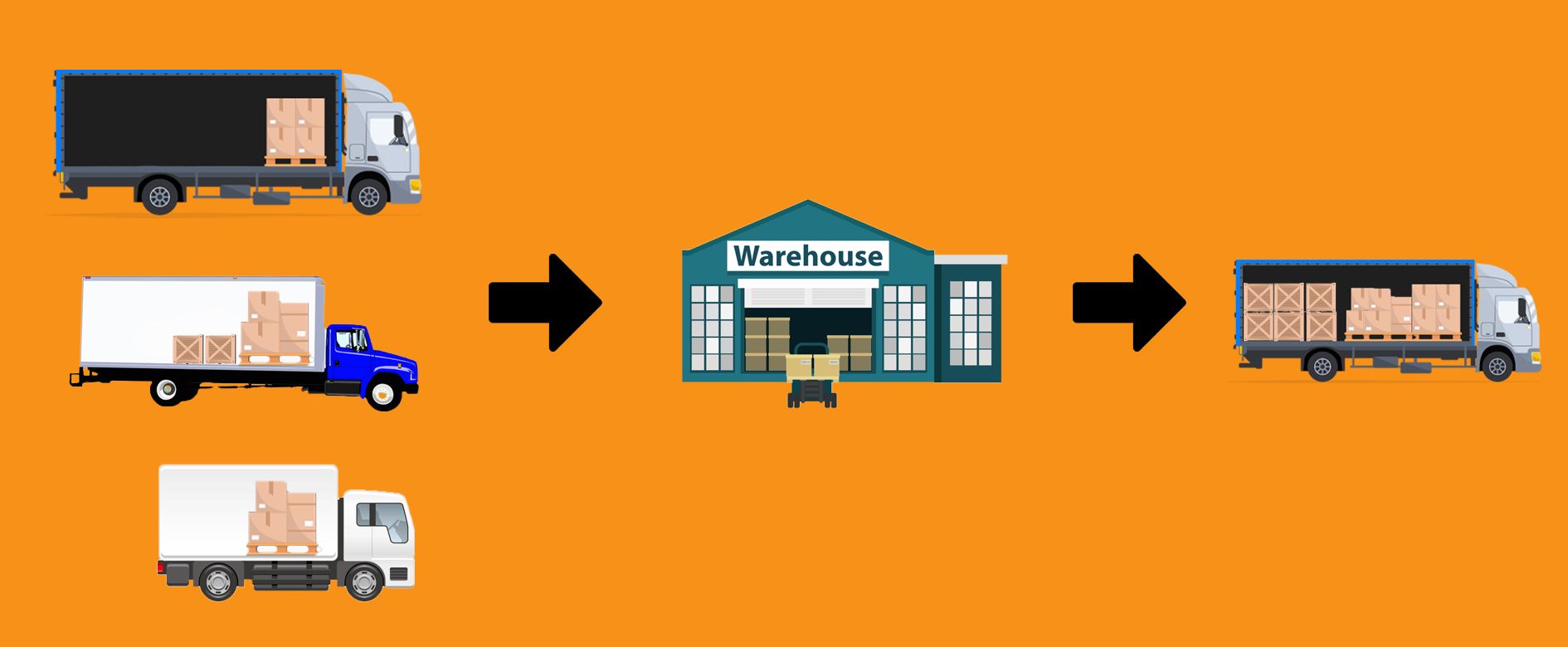
Collecting cargo - How it works?
The core of logistics is groupage traffic and groupage cargo, which are among the most important services of freight forwarders.
Groupage traffic is cargo that is collected and transported with another cargo to form a groupage shipment. The freight forwarding company first collects the individual cargo in its area and collects it in the transshipment warehouse, and then reunites it as a combined cargo so that it can then be transported to the appropriate consignee.
Groupage enables a large increase in efficiency in the processing of transport orders, as this allows an individual general cargo with different recipients but the same target region to be combined into one transport.
Why would I collect cargo in some warehouse?
You’re probably wondering why I would even collect cargo in a warehouse, right? The advantages are endless. Let's look at a few:
- Storage: You don’t need to have your own warehouse, which is much more expensive than renting warehouses. We made a comparison of whether it is cheaper to have your own warehouse or rent it, you can read more about it here.
- Price Stabilization: Collecting smaller shipments in one warehouse, which you then combine (FTL) and ship to the final recipient, for which you consequently pay less.
- Transport route optimization: Orders are collected in a region that has a similar delivery location and it takes most of the route as an FTL. Or it can be the other way around so that FTL delivers and then the warehouse makes the distribution in a certain region.
- Grading and Packing: Warehouses nowadays provide the facilities of packing, repacking, processing, and grading cargo.
LTL vs. FTL
When it comes to shipping cargo, there are many different options. Many different factors need to be considered, including price, type of shipment, shipment size, and delivery speed of the shipment.
Less than a truckload (LTL) and Full truckload (FTL) are labels used in the logistics world. LTL shipments are smaller shipments. Smaller shipments will not fill an entire truck, leaving space for other small shipments. On the other hand, FTL shipments fill most of the entire truck and tend to be much larger.
LTL Pros & Cons
➕ Cost of a whole truck can be shared with other shippers.
➕ Freights are secured in pallets or skids.
➕ Affordable solution for the transport of small quantities of cargo.
➖ The possibility of longer delivery times.
➖ Risk of damage due to increased handling.
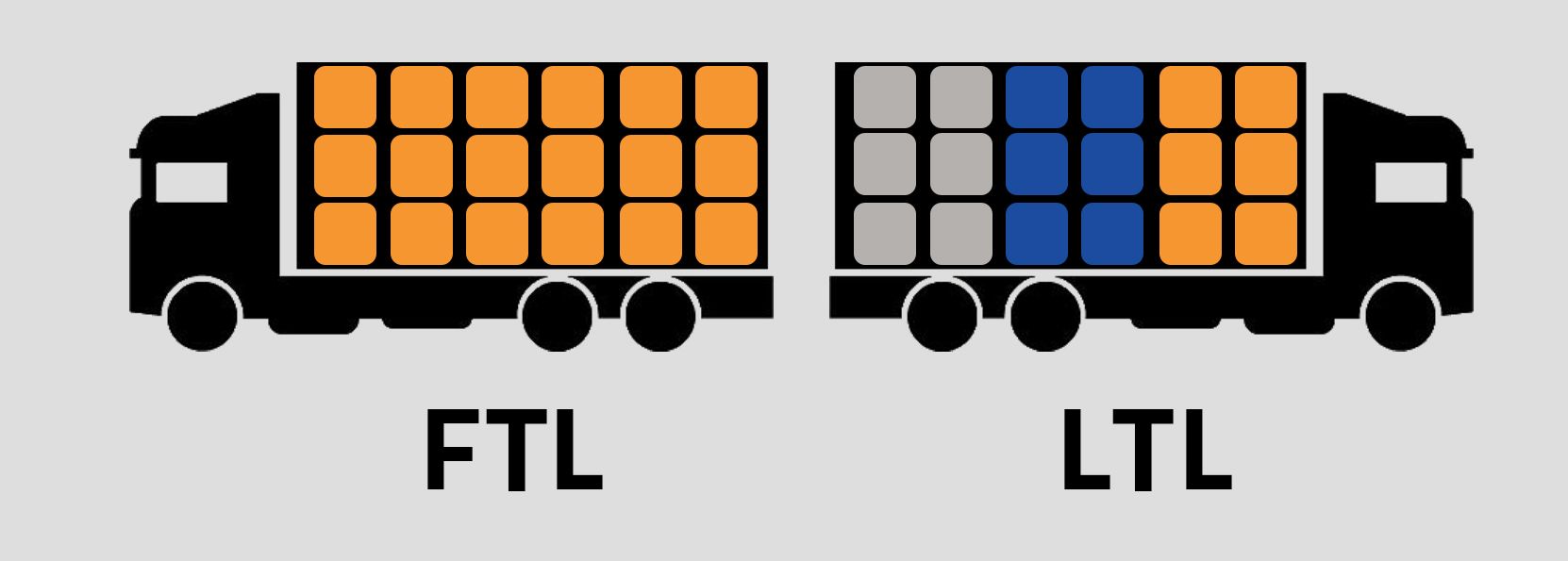
FTL Pros & Cons
➕ It is best suited for a cargo of high value.
➕ Higher safety –no truck space sharing.
➖ Higher cost - you need to pay for the whole truck.
➖ Value added services which include handling services at the delivery point may not be available.
➖ FTL is likely less flexible when it comes to cargo movement than LTL.
Where do you find warehouses that allow you to collect cargo?
Simply, StoringCargo.com is the answer. It is an Airbnb / Booking.com concept that allows warehouse owners to rent out their capacities and allows warehouse service seekers to quickly and easily book service online.
But don't forget! Renting a warehouse on StoringCargo.com does not mean renting a warehouse in its entirety, but only renting a warehousing service that already includes loading & unloading and other services. And the best thing is that you pay as much as you spend or occupy space. There is also no minimum quantity and no minimum time required. Amazing, right? 😉
You can reserve a warehouse in just 6 easy steps, read more about here.
Collecting cargo prices
On the StoringCargo.com website, you can choose from more than 485 already registered warehouses that offer collecting cargo in order to assemble groupage transport. Here I will show you 5 currently best offers:
These are the prices for collecting 25 PAL for up to 30 days :)
Germany:
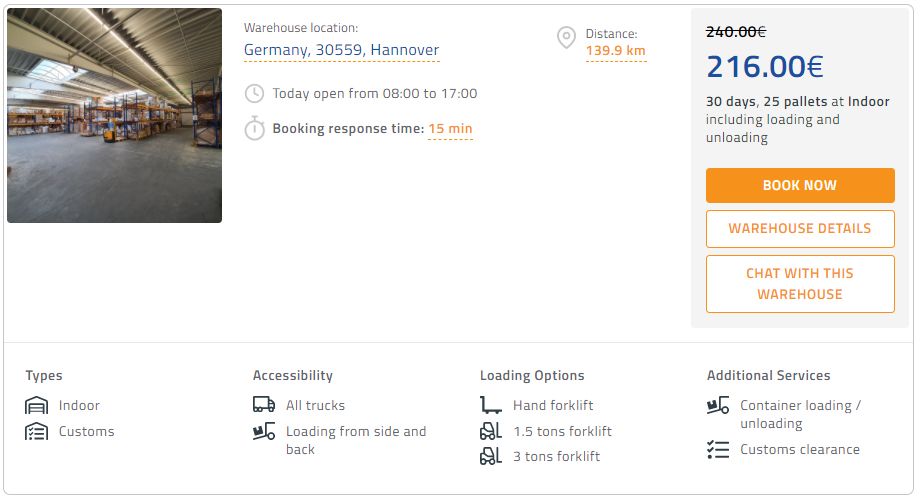
France:
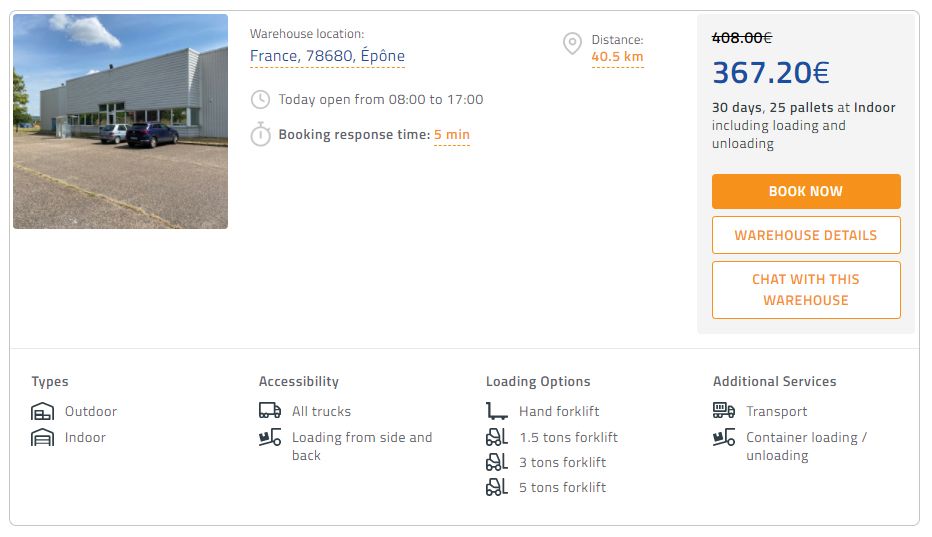
Italy:
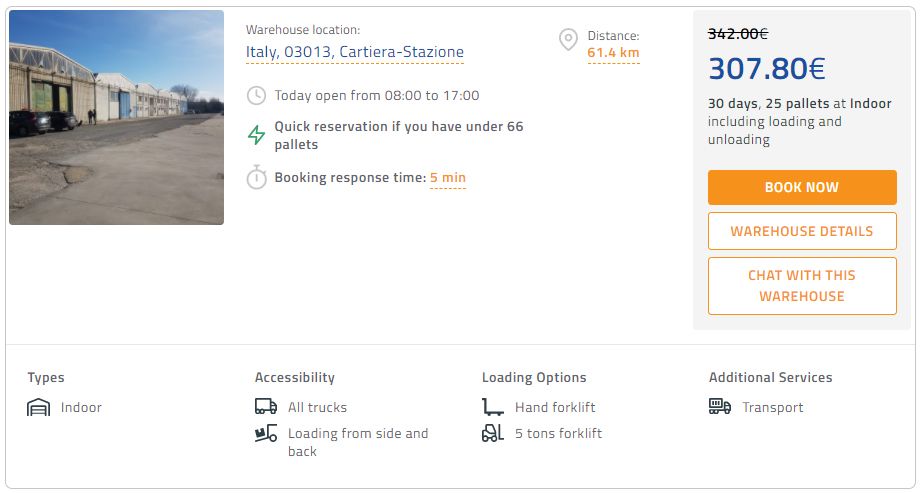
Slovenia:
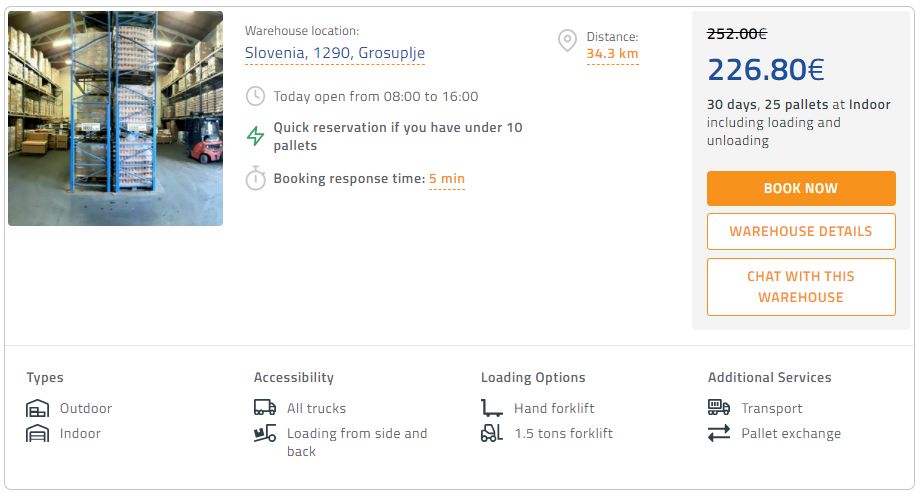
Poland:
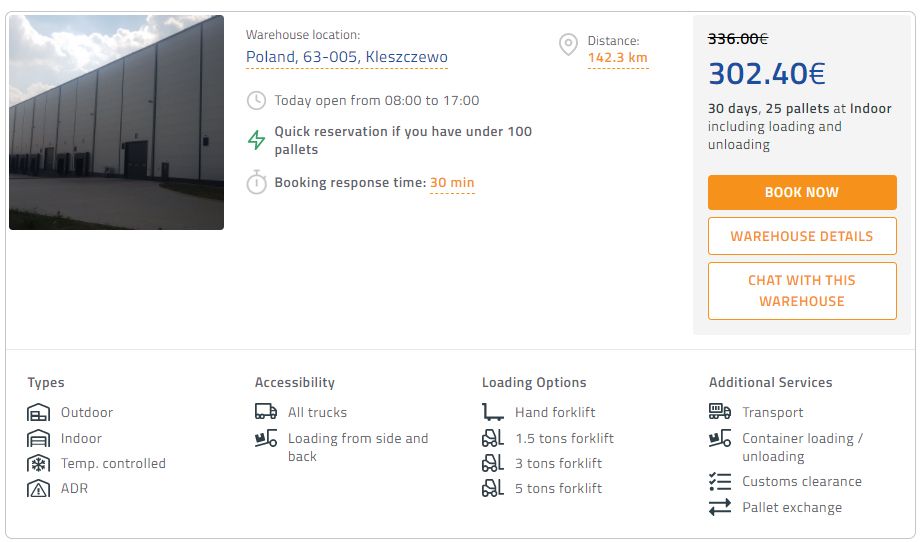

5 types of warehouses
- Outdoor storage (open or covered): It is suitable for cargo where humidity, temperature differences, and wind do not affect the cargo.
- Indoor storage (closed storage): The most common type of warehouse. Here is usually stored sensitive cargo that requires better storage conditions.
- Temperature-controlled storage: It is commonly used for perishable cargo (fruits), frozen goods, and pharmaceuticals.
- ADR storage: For storage of chemicals and other hazardous substances.
- Customs storage: Allows non-Union cargo to be stored without such cargo being subject to import duties.
Summary
In this article, we reviewed what it means to collect cargo to assemble groupage transport and how it works. We also reviewed the pros and cons of both LTL and FTL. We found a website where you can find all the warehouses in one place and this is StoringCargo.com. I also showed you the best offers of warehouses in 5 different countries and finally, for the end we reviewed which types of warehouses can be found on the online platform StoringCargo.com.


Comments
Sign in or become a StoringCargo member to join the conversation.